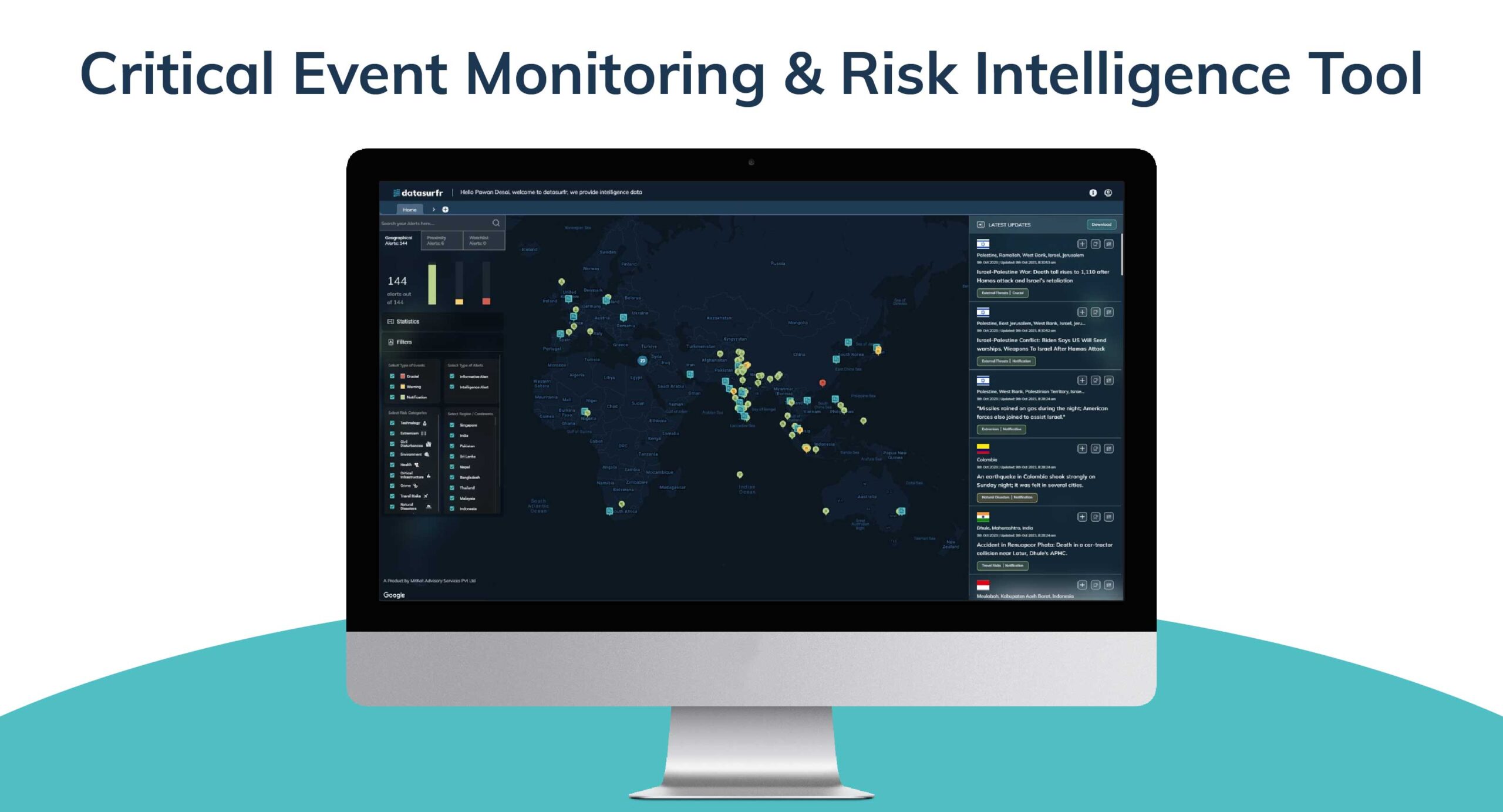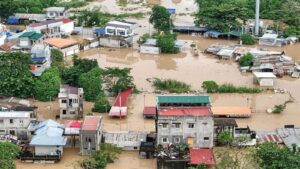Summary: On 09 November, Typhoon Fung-wong made landfall in the Aurora province of the Philippines with sustained winds of up to 185 kph. The storm resulted in two casualties, widespread destruction, flooding, landslides, and power outages in multiple provinces. Over 1.4 million people were evacuated due to the typhoon. Typhoon Fung-won has exacerbated conditions in the Philippines, which is dealing with the impacts of Typhoon Kalmaegi that struck the country on 04 November and led to over 200 casualties.
The Philippines is one of the world’s most disaster-prone countries, with over 20 typhoons and storms hitting the country each year and frequent earthquakes due to its location on the Pacific Ring of Fire.

Implications:
- The storm flooded at least 132 northern villages. As of 10 November, around 318,000 people remain in evacuation centres. Rescue, relief, and disaster response operations are ongoing.
- Transport was significantly disrupted as landslides blocked roads, and bridges were cut due to high water levels. Authorities expect the roads to be cleared once the weather improves on 10 November.
- Over the weekend, the typhoon caused the cancellation of more than 325 domestic flights and 61 international flights. Port operations were suspended as ships were prohibited from venturing into rough seas.
- Philippine President Ferdinand Marcos Jr. declared a nationwide state of emergency on 06 November due to the destruction caused by Typhoon Kalmaegi and the expected damage from Typhoon Fung-won. This expedites the allocation of emergency funds, procurement, and the delivery of essential goods and services.
- Schools and most government offices will remain closed on 10 and 11 November following the storm.
Outlook: The storm weakened as it passed through the mountainous northern provinces and moved into the South China Sea. It is expected to continue weakening as it moves north towards Taiwan, exiting the Philippine area of responsibility by 10 November or early on 11 November. Warnings for strong winds are still active in some provinces, including Ilocos Sur, Batanes, and Zambales. Heavy rainfall is also forecast in La Union, Benguet, Pangasinan, and Zambales until 11 November, leading to potential flooding. Moderate rainfall is also expected in regions like Metro Manila, Bulacan, Aurora, and Cavite. Persistent rainfall could lead to inundation and flooding in low-lying areas. Damage to utility infrastructure could cause disruptions to power and communication services. Organizations are advised to remain situationally aware and prepare necessary contingency plans.
Sources:
- https://www.bbc.com/news/articles/clykp36ewkzo
- https://www.theguardian.com/world/2025/nov/10/super-typhoon-fung-wong-philippines
- https://apnews.com/article/typhoon-fungwong-philippines-kalmaegi-evacuations-taiwan-027a3a79f6f99d46b373b8712e2b2087



